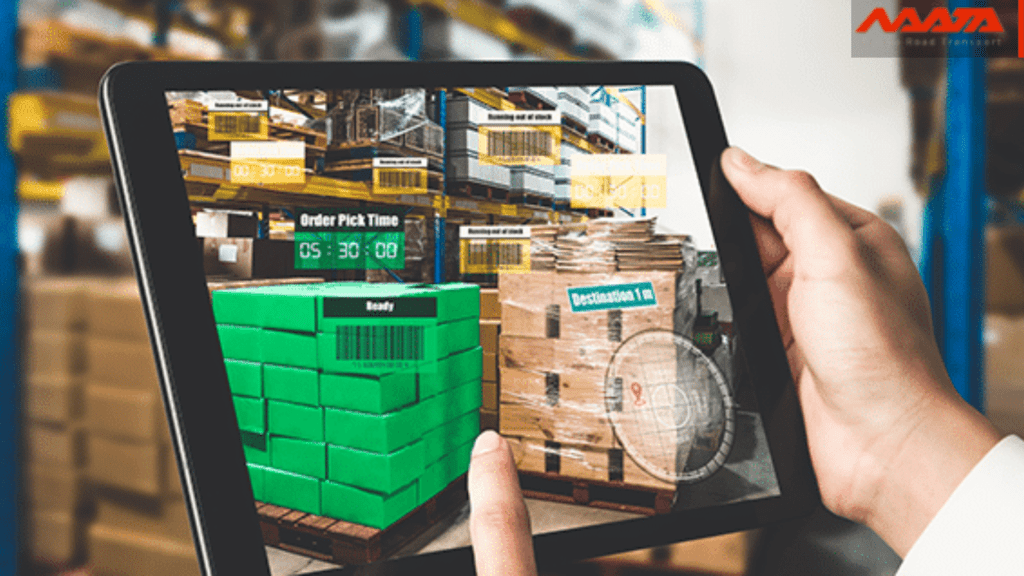What is Elastic Logistics? Benefits and How It Works?
Table of Contents
What is Elastic Logistics?
Companies use elastic logistics to run supply chains more effectively in the event of seasonal activity, scalable elastic logistics upscaling and downscaling. Until recently, lean, or just-in-time business models dominated the warehousing and logistics industries. However, while both models work well for one end of the chain (manufacturing or value-added processes) and the other (last mile), neither model works well for the middle section, where logistics is located.
It’s vital to guarantee that firms can increase or reduce capacity to meet continuously fluctuating needs in a world where toilet paper may run out overnight, fidget spinners can sell out in two weeks, and people suddenly quit buying single-serve water bottles. We live in a fast-paced, rapidly changing world, and businesses must be able to adapt and keep up. Elastic logistics aims to achieve this kind of rapid reaction.
You May Also Like To Read: Understanding Project Logistics – Definition, Characteristic And Importance

Implementation of elastic logistics: 4 key trends
Elastic logistics allows you to modify manufacturing lines, as well as product receiving and dispatch operations, to current product demands without jeopardizing the facility’s future or incurring greater operational expenses. What gives that this is possible? Because of these four major trends:
Big data and digital platforms are essential for developing a flexible logistics system. A warehouse management system can examine all the data generated at the facility to uncover inefficiencies, customer trends, and even the best stock levels for each location.
Process automation: A flexible warehouse necessitates scalable storage solutions that can react to the number of inflows and outflows at any given point in time. Stacker cranes for pallets and pick stations, for example, are automated systems that assure optimal productivity in every operation.
Outsourced logistics: As product demand fluctuates and new issues in shipping and order fulfillment emerge, more organizations are turning to logistics providers. They have the expertise, experience, storage systems, and digital programs to ensure comprehensive inventory visibility and maximum flexibility across all the product’s logistical phases.
To be efficient, modern omnichannel sales models demand that a facility’s inventory be reduced as much as feasible. For establishing elastic logistics capable of adapting to demand estimates for a product, technologies such as just-in-time and lean manufacturing must be implemented.
You May Also Like To Read: Container Freight Station (CFS) : Meaning, Purpose & Benefits

Benefits of Elastic Logistics
- Optimizes routes for quicker delivery and increased transport efficiency
- Reduces over-manufacturing and over-stocking
- Reduces price volatility
- Lowers down risk
- Increases efficiency at numerous supply chain checkpoints
- Enhances “perfect order fulfilment”
- Better customer experience
You May Also Like To Read: Understanding Logistics Management

How is Elastic Logistics helpful to Logistics Companies?
Automated Systems
The major benefit comes in the form of automation, which proves to be the most natural alternative for a firm looking to expand its scaling capabilities. Elastic logistics lowers human error and improves the efficiency of the packing process in the manufacturing line, allowing the organisation to respond quickly to changes in demand.
Collaboration with Third Parties
Third-party partnership is another advantage of elastic logistics, since it decreases the risks of spending more in internal operations. To react to short-term demand variations, businesses may now lease additional warehouses both locally and remotely.
Efficiency, Visibility, and Control
Elastic logistics enables you to manage all incoming and outgoing deliveries from a single dashboard, increasing your efficiency by eliminating the need to switch between several platforms. This makes it much easier to keep track of unforeseen expenditures and delivery processes, regardless of the shipment method.
Improvements to the User Experience
All of this enhances your ability to respond quickly to difficulties, regardless of how the freight shipment is transported. Consequently, the consumer experience is enhanced.
You May Also Like To Read: What is Elastic Logistics? Benefits and How It Works?
What is Elastic Logistics What is Elastic Logistics What is Elastic Logistics




